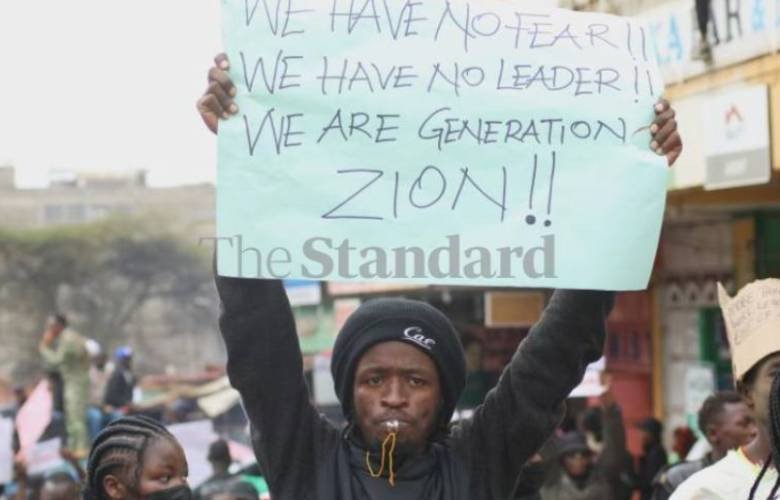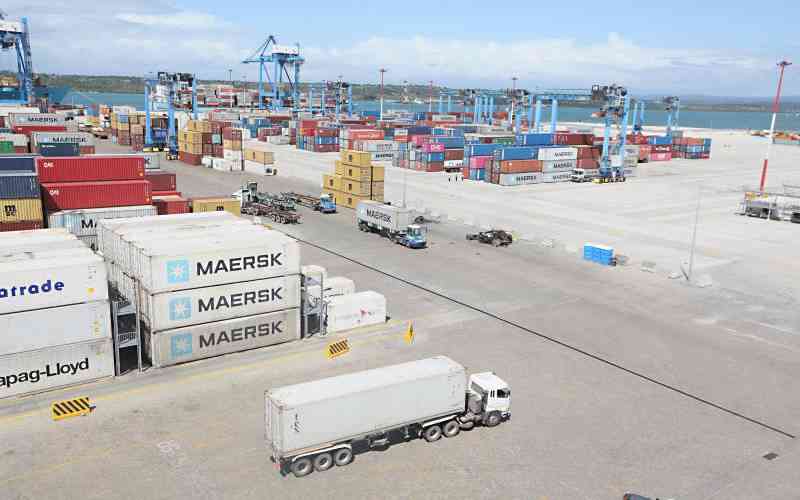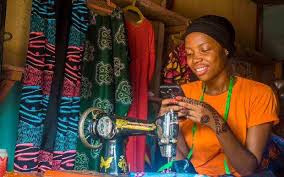
Human rights activist Boniface Mwangi has criticised the government for prioritising political projects over justice for victims of the 2024 and 2025 Gen Z protests.
Mwangi said the administration had shifted focus from accountability for those killed, injured or missing during the demonstrations to initiatives aimed at highlighting government projects.
Activists have cited reports of a multi‑million-shilling church under construction at State House, a project the president says is privately funded.
Mwangi also referred to the Nyota Project, a government youth‑empowerment initiative launched on November 7, 2025, in Kakamega County.
The launch coincided with the first disbursement of business grants to more than 12,000 youth in Western Kenya.
The five‑year project aims to reach 800,000 young people nationwide with skills training, entrepreneurship support and access to income opportunities.
Human rights organisations reported that at least 115 people were killed during the Gen Z protests between June 2024 and July 2025.
The deaths occurred in several phases: 60 to 63 during the initial anti‑Finance Bill demonstrations between June and November 2024, at least 19 on June 25, 2025, marking the one-year anniversary of the unrest, and 31 to 38 on July 7, 2025, during the "Saba Saba" marches, the deadliest day of the protests.
Rights-group monitoring by the Independent Policing Oversight Authority (IPOA) and other organisations found that the protests were also marked by large-scale arrests and enforced disappearances.
IPOA recorded over 200 injuries and hundreds of arrests during the June 25, 2025 anniversary demonstrations alone.
The government, in contrast, told Parliament the death toll was 42 as of September 2024.
On August 8, 2025, President William Ruto formally established a framework to compensate victims of demonstrations and public protests through a presidential proclamation.
The coordinating team, placed under the Executive Office of the President and operating in collaboration with the Office of the Attorney General, the Ministry of Interior and National Administration, and the National Treasury, was given a 120‑day mandate to initiate the process.
However, Faith Odhiambo, president of the Law Society of Kenya, resigned as vice-chair on October 6, citing the suspension of the panel by court orders and the unworkable nature of its 120‑day mandate.
Stay informed. Subscribe to our newsletter
Odhiambo said she would continue to advocate for victims through the LSK. On November 4, 2025, Claris Awuor Ogangah‑Onyango, chair of the Kenya National Commission on Human Rights, was appointed as the new vice-chair of the panel, with the appointment taking immediate effect.
The gazette notice revoked Odhiambo’s earlier appointment.
The death of former Prime Minister Raila Odinga in October 2025 has cast uncertainty over the victims’ compensation plan he had supported as a step toward national reconciliation.
The initiative sought to offer reparations for families affected by police violence during the protests.
Several rights groups, including the Kenya Human Rights Commission (KHRC) and Amnesty International Kenya, have questioned the government’s commitment to justice, calling for public disclosure of names of missing persons and accountability for officers implicated in the killings.
Mwangi maintained that true justice goes beyond payouts.
“The minimum requirement is not just a cheque. It’s finding those who disappeared and putting accountability at the centre of reform,” he said.







